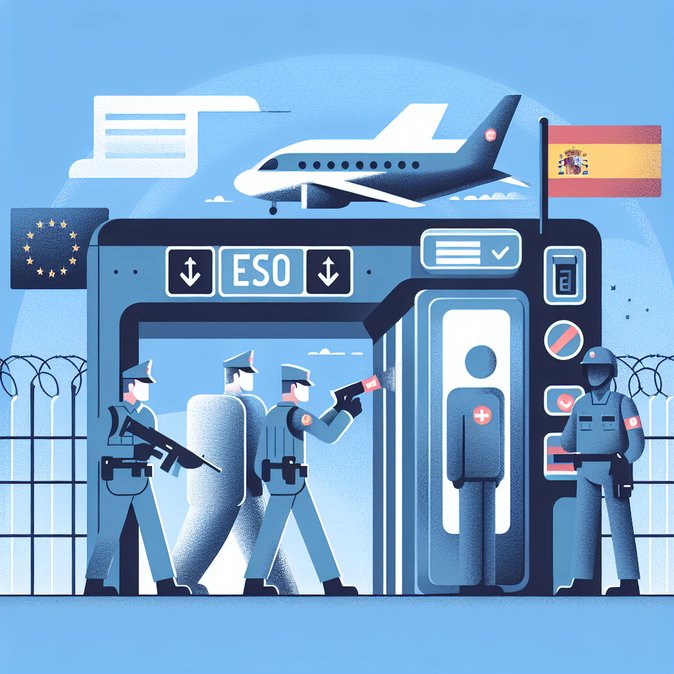
Spain has surprised many Schengen partners by deciding to activate the EU’s new Entry/Exit System (EES) on 2 February 2026—roughly two months before the European Commission’s 10 April target date. Government spokesperson Guillem Casal confirmed the decision on 29 October, noting that the early switch-on will coincide with Gibraltar’s roll-out and will give Spanish authorities additional time to fine-tune hardware and biometric databases ahead of Easter traffic peaks.
The EES replaces physical passport stamping with a biometric register of each third-country traveller’s entry and exit. For Spain, the move is strategic: the country handled more than 27 million non-EU arrivals in 2024, and has struggled with congestion at major airports and land borders such as La Linea-Gibraltar, Portbou, and La Jonquera. Accelerating deployment allows border police to spread training over a longer period and avoid a single “big-bang” changeover during the busy spring holiday season.
One unintended consequence is the impact on Andorra’s seasonal workers. Thousands of non-EU staff employed in Pyrenean ski resorts traditionally exit Spain via Catalonia after the winter season ends in April. If they overstay the 90/180-day Schengen limit when the EES goes live in February, they risk automated over-stay flags that could block re-entry later in the year. Andorra’s Immigration Department has already begun asking employers to certify that workers will remain compliant or arrange staggered departures.
For multinationals with staff rotating through Spain, the early cut-over means HR and travel teams must accelerate EES preparedness. Companies are advised to brief travellers on the need for machine-readable passports with at least two blank pages (for contingency manual stamping), ensure passports are registered with the new biometric kiosks, and review assignment calendars to avoid accidental overstays. Airlines will also need to update DCS software earlier than expected to include EES API fields.
Looking ahead, Madrid is negotiating a broader migration-management accord with Brussels that would give Spain greater access to EES analytics for overstays and visa-free abuse. Industry observers say the February launch will be a “dress rehearsal” for the even larger challenge of ETIAS, the travel authorisation system now expected in late 2026.
The EES replaces physical passport stamping with a biometric register of each third-country traveller’s entry and exit. For Spain, the move is strategic: the country handled more than 27 million non-EU arrivals in 2024, and has struggled with congestion at major airports and land borders such as La Linea-Gibraltar, Portbou, and La Jonquera. Accelerating deployment allows border police to spread training over a longer period and avoid a single “big-bang” changeover during the busy spring holiday season.
One unintended consequence is the impact on Andorra’s seasonal workers. Thousands of non-EU staff employed in Pyrenean ski resorts traditionally exit Spain via Catalonia after the winter season ends in April. If they overstay the 90/180-day Schengen limit when the EES goes live in February, they risk automated over-stay flags that could block re-entry later in the year. Andorra’s Immigration Department has already begun asking employers to certify that workers will remain compliant or arrange staggered departures.
For multinationals with staff rotating through Spain, the early cut-over means HR and travel teams must accelerate EES preparedness. Companies are advised to brief travellers on the need for machine-readable passports with at least two blank pages (for contingency manual stamping), ensure passports are registered with the new biometric kiosks, and review assignment calendars to avoid accidental overstays. Airlines will also need to update DCS software earlier than expected to include EES API fields.
Looking ahead, Madrid is negotiating a broader migration-management accord with Brussels that would give Spain greater access to EES analytics for overstays and visa-free abuse. Industry observers say the February launch will be a “dress rehearsal” for the even larger challenge of ETIAS, the travel authorisation system now expected in late 2026.







